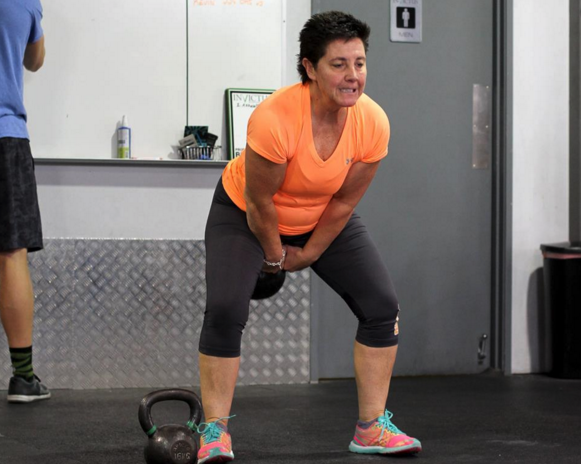
Getting to Know the Basic Types of Muscle Contractions
Written by Bryce Smith
Weight training has a variety of types of muscle contractions, with the two most well known types of contractions being the eccentric and the concentric.
Eccentric movements are where the muscle is lengthening, such as the lower portion of a bicep curl or the downward portion of a pull-up. In training, eccentric loading movements cause the most damage to the muscle fiber and is one of the main reasons we experience delayed onset muscle soreness. This soreness is what requires athletes to take recovery days.
On recovery days, concentric movements can be the most beneficial because they will not contribute more to the soreness. Concentric movements involve the shortening of musculature and help pump blood into the body, which actually enhances circulation and speeds up recovery. An example of a concentric movement would be the portion of a bicep curl where the bar is traveling towards the shoulder or the upward portion of a pull-up. The best active recovery exercises are either completely or mostly non-eccentric movements [1]. These types of movements will also help burn a few extra calories which could otherwise be stored as fat and keep your body composition at its peak even on those rest days. Concentric exercise is a great choice for active recovery; some examples of concentric exercises are assault bike intervals, prowler sled pushes, kettlebell swings, riding a bicycle uphill, or even sledgehammer work.
Weight training can also include movements that utilize both eccentric and concentric loading. Dynamic movements are often fast and include a stretch and shortening reflex from the musculature like box jumps, power cleans, or snatches.
In addition to eccentric and concentric movements we also have isometric contractions. This is where there is no lengthening or shortening of the musculature; this is also referred to as a static hold. Movements like planks, hollow body holds, pull-up holds, and squat holds can be variations of this type of contraction.
Understanding the different types of muscle contractions and knowing that eccentric loading causes the most damage to the muscle fibers, can help to fine tune your training and keep your body ready for the unknown. Overloading the body with too much eccentric loading and continually damaging muscle fibers will lead to potential injuries and a rise in the stress hormone, cortisol. Find a balance between using all the different types of muscle contractions to help maximize your potential and keep you safe in your training.
References
[1] Luoma, TC. “7 Reasons You’re Still Weak or Fat.” 7 Reasons You’re Still Weak or Fat. N.p., 26 Nov. 2015. Web. 27 Nov. 2015.
Perfect timing on this article, Thank you